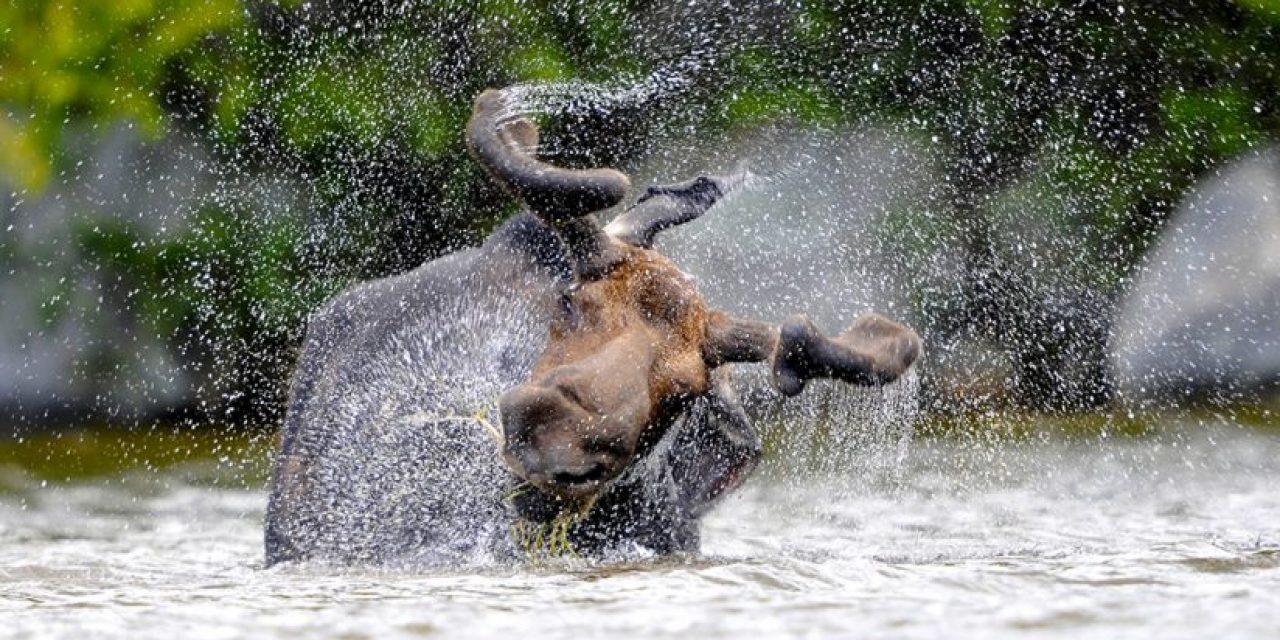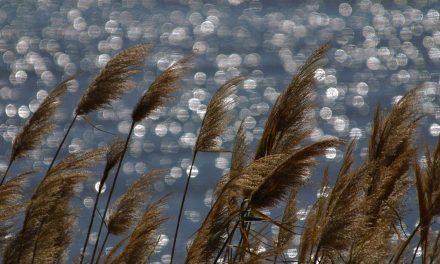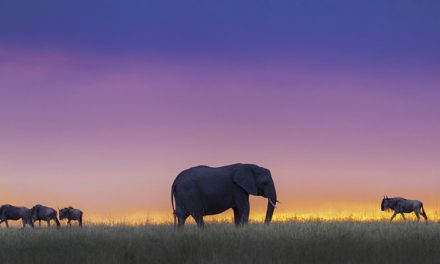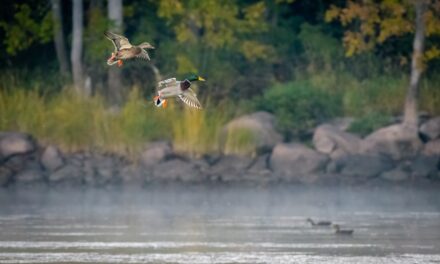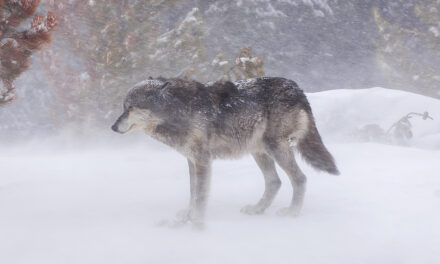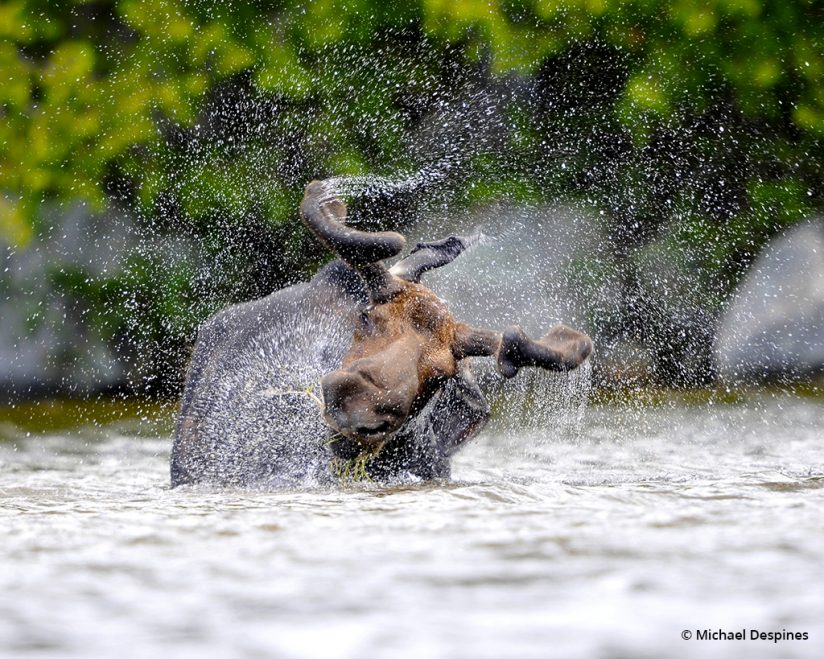
When I moved to Vermont, I had for the first time the opportunity to photograph a New England icon—the eastern moose. My photo project began with “desk research.” I scoured the internet for moose images to get a sense of what was possible. The best images I found included moose in water or standing in the woods surrounded by fall colors. I imagined my “ideal” shot—I wanted an image of a bull moose standing in a lake with the water cascading off his massive antlers with a mountain forest covered in glorious autumn colors as a backdrop.
I learned from my reading that Maine has the largest number of moose in the Northeast, so I reached out to potential guides. One guide explained the life cycle of the moose and helped me realize that my “ideal” shot was just about impossible.
Bull moose grow antlers in the spring that reach maximum size in the fall—just in time to battle other bulls for the right to mate with cows. With the arrival of winter, the bulls are exhausted from the rut, and they shed the heavy antlers to conserve energy to help them survive the long Maine winters. During the summer, moose wade into ponds or lakes to feast on lilies or pondweed, which are rich in sodium.
I then understood that summer would offer one type of shot (moose with smaller antlers in water) while fall would offer a different image (moose with a large rack among autumn colors).
Having found a guide that I liked, I began visiting Maine each year. Some years I’d visit in the summer and work on finding the “water shot.” In other years, I’d visit later in the season for the “colorful” moose shot. One of my favorite places to visit was Sandy Stream Pond in Baxter State Park. I’d sit by the lake from sunrise to sunset over a few days photographing the wildlife and birds as they visited this idyllic spot.
On this occasion, a young male moose appeared from the woods around noon and waded into the pond. He began to dunk his head under the surface of the water to feed on the plants below. His antlers weren’t very big, so I wasn’t interested at first. However, after about three “dives” under the water’s surface, he shook his head from side to side to clear the water from his antlers. In the bright light, the spiraling water glistened and created a real show. Instantly, I realized that a very special image might be possible. Frustratingly, though, the moose stood perpendicular to me so I couldn’t capture the full effect. So, I waited and waited. Finally, after about 45 minutes, the moose turned and faced me and began to shake his head. As I held down the shutter button, I could see that I had captured the “spin cycle” in all its glory. OP
Nikon D300S, AF-S NIKKOR 600mm f/4E FL ED VR, Gitzo G1548 tripod, Wimberley gimbal head. Exposure: 1/500 sec., ƒ/4, ISO 400.
See more of Michael Despines’s work at despines.com.
The post Behind The Shot: Spin Cycle appeared first on Outdoor Photographer.

